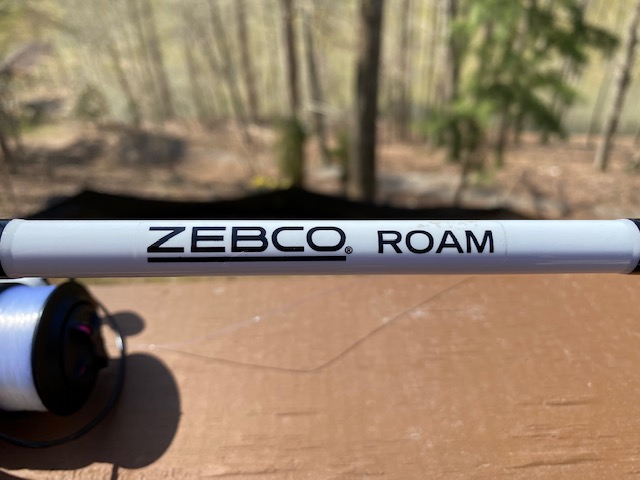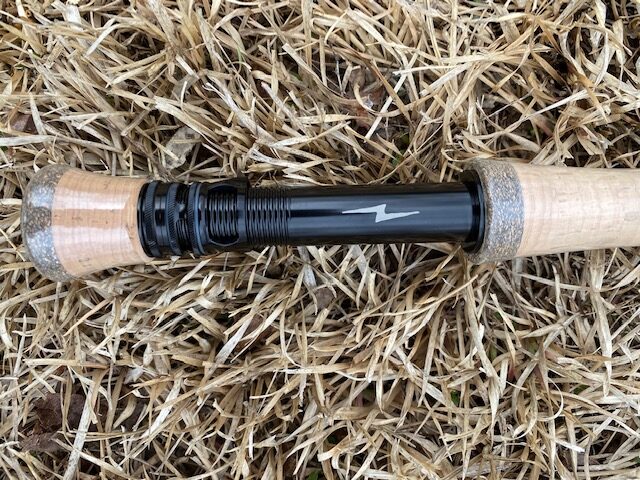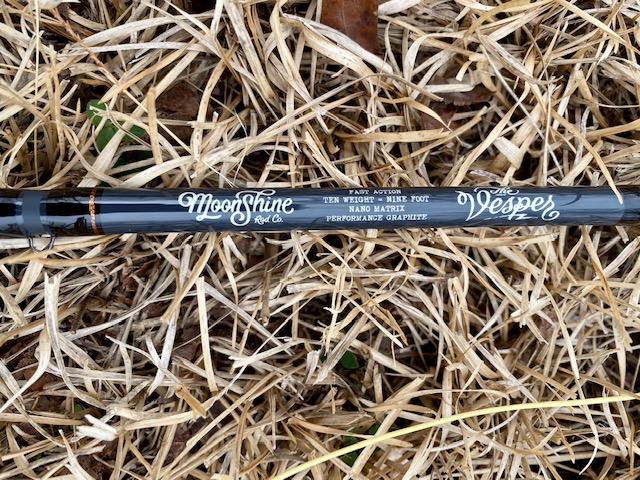
Lorena Junco Margain grew up in Monterrey, Mexico, but was privileged to travel and study abroad. She married a Mexican national of similar status. Family (including extended family) and tradition were important in their lives. They lived in Austin, TX, with Lorena’s husband commuting to Mexico for work during the week. (By the end of the book she and her husband become American citizens.)
Lorena writes eloquently of the non-specific malaise that sent her to several doctors. The closest she got to a diagnosis was postpartum depression until she accompanied her sister on a follow-up visit for thyroid cancer surgery. Because of her sister’s medical history, the doctor suggested Lorena undergo testing as well. A tumor on her right adrenal gland was discovered. She went to the same surgeon who repaired a hernia after her youngest child was born.
After surgery, Lorena felt worse but everyone told her she just needed time to recover. Four weeks later, she collapsed in the Red Lobster parking lot and was rushed to the hospital. They discovered a tumor on her right adrenal gland. Lorena thought she was suffering a repeat of what she had just been treated for, only on the other side. It wasn’t until her doctor called her with the news that he had removed the wrong, healthy adrenal gland that she realized what was happening.
Lorena’s foundational belief system was an amalgamation of the Catholicism with which she was raised, new age philosophy, and a smattering of Eastern religion. First, she focused on getting out of the health crisis she had been plunged into, then she debated whether she should bring a malpractice suit against the surgeon.
It was the worst of circumstances, and the error could not be undone. In Lorena’s words, “…the surgeon made a catastrophic mistake, destroyed my health, and left me with a lifetime of medical issues that can never be fully resolved and will likely take years off my life.”
I’ll let you read her book to find out her decision on the lawsuit, but the bottom line is her choice to forgive the surgeon.
Lorena had a strong family support system and she was educated and wealthy. She will always suffer the effects of the surgeon’s mistake, but she is choosing to be positive about the situation. I wonder if a low-income and poorly educated woman without a strong support system were in the same situation, could they choose the positivity, choose to forgive?
Thanks for the arc, @NetGalley!
#paidlink #NetGalley #OntheWaytoCasaLotus #CucoPress #forgiveness #malpractice #adrenalgland @ljuncomargain






































